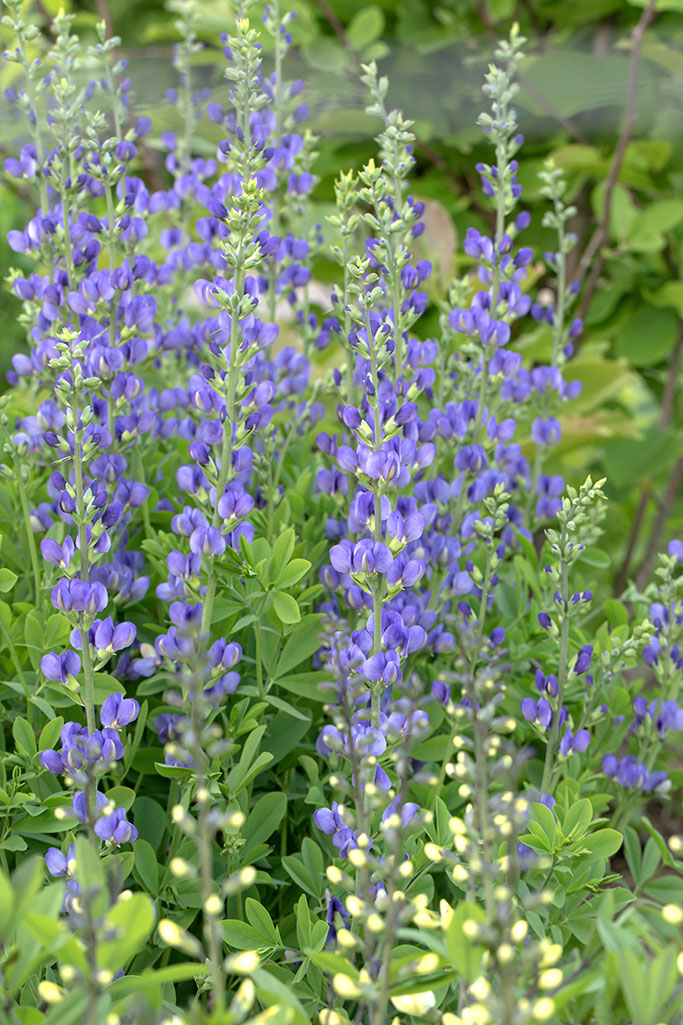Help balance habitat loss
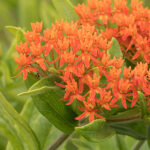
…by planting native varieties and native cultivars.
Have you ever taken a moment to really appreciate our natural surroundings? Immersed as we are in smartphones and technology, I think we tend to forget to do this. I am often guilty myself, but I do enjoy walking through parks and woods and seeing the different oaks, maples, and other native species.
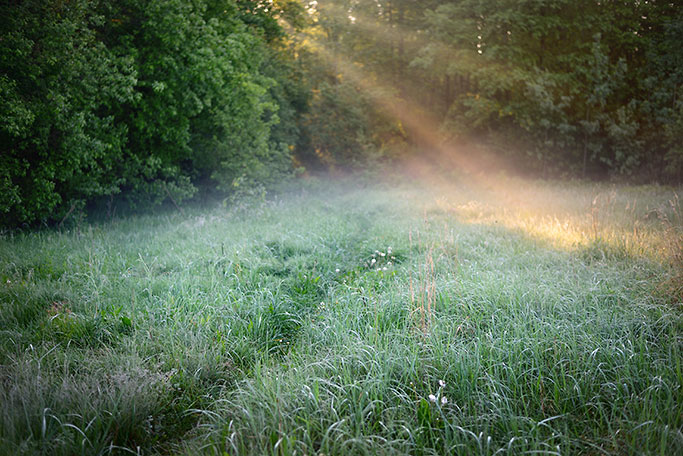
Our growing population has created a high demand for roads, parking lots, businesses, and housing. That land that was stripped to make room for a development contained its own habitat and ecosystem. Planting more native plants and native cultivars is a step to rebalancing the habitat that was lost.
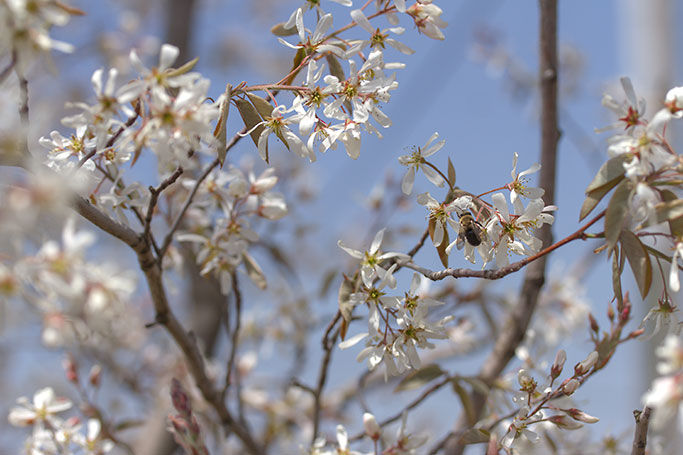
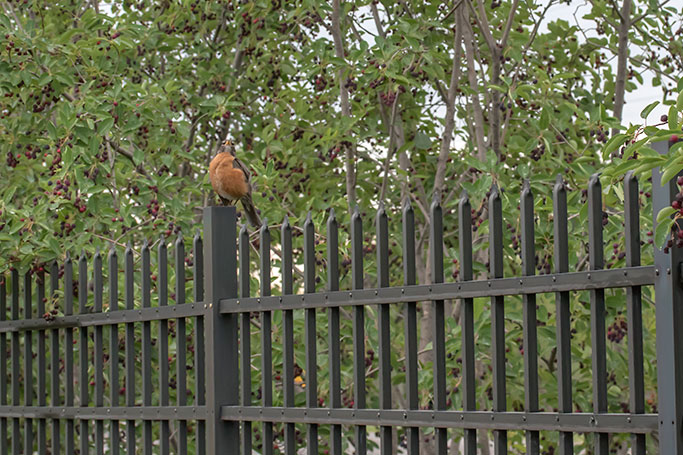
What is a native plant?
This is a complicated question with much debate. Some believe it means plants that are untouched by man and naturally growing in the wild. You’ll encounter discussion on exactly where that “wild” needs to be to qualify as “native” for your particular project. Then there are native cultivars or “nativars”, which are selected, named varieties of native plants, with some improvement such as a more colorful bloom, nicer habit, or better disease resistance. It can be easier to source nativars than the original species, too as some plants do not lend themselves well to nursery production. You'll want to determine what the differences are from the original wild version to see if the improved one works in your particular project.
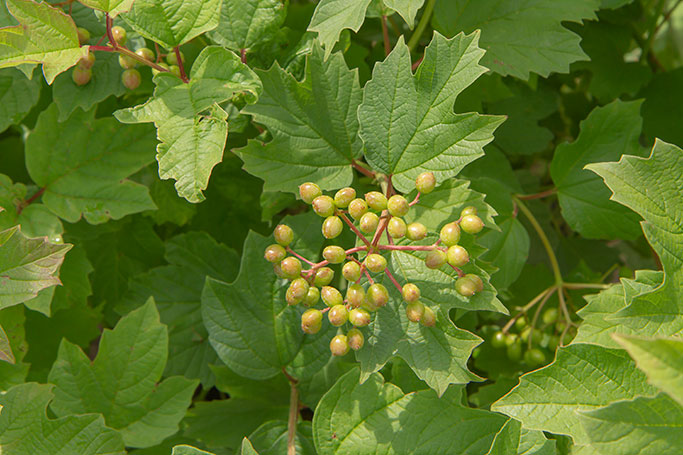
Benefits of planting more natives and nativars
- Once established they require very low maintenance.
- Often require less water.
- Attract and support native wildlife such as birds, butterflies, pollinators and more.
- Native plants help you use less fertilizers and pesticides.
- Already adapted to local climate conditions.
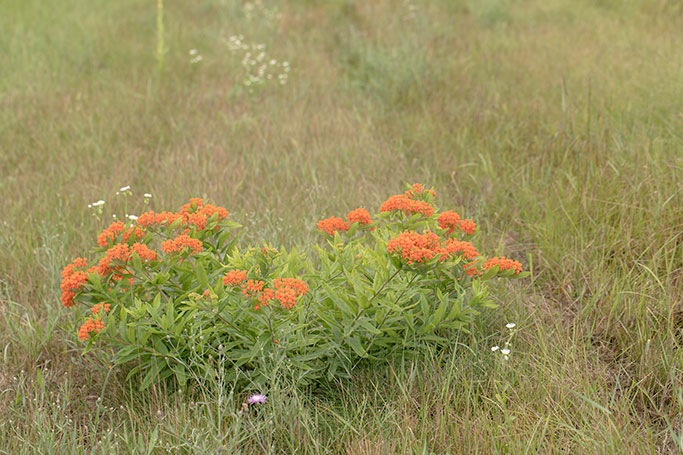
It is always a good idea to plant multiple different species and not all one variety. Doing this may prevent catastrophic loss in case a new disease or insect outbreak occurs, like the ongoing Emerald Ash Borer, Dogwood anthracnose, Boxwood blight, or Oak wilt situations.
Fun fact: A native oak tree supports over 500 species of caterpillar compared to the non-native ginkgo which supports only 5. Plant some oak, the songbirds will thank you. (Research by entomologist Doug Tallamy)
